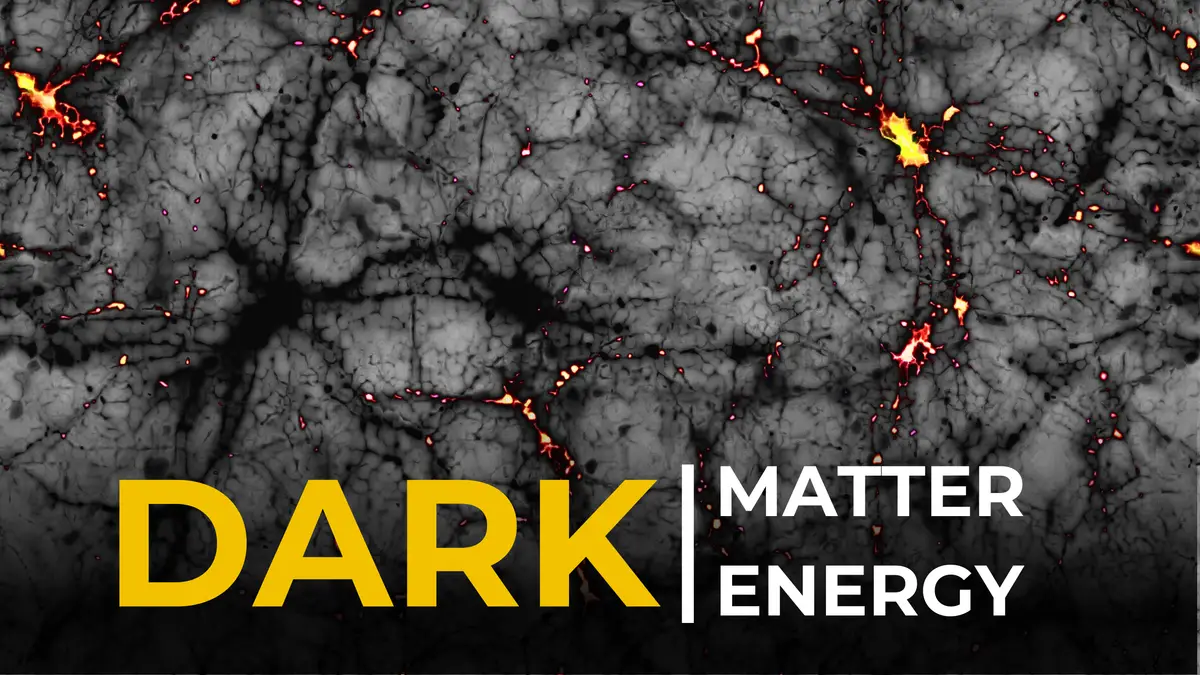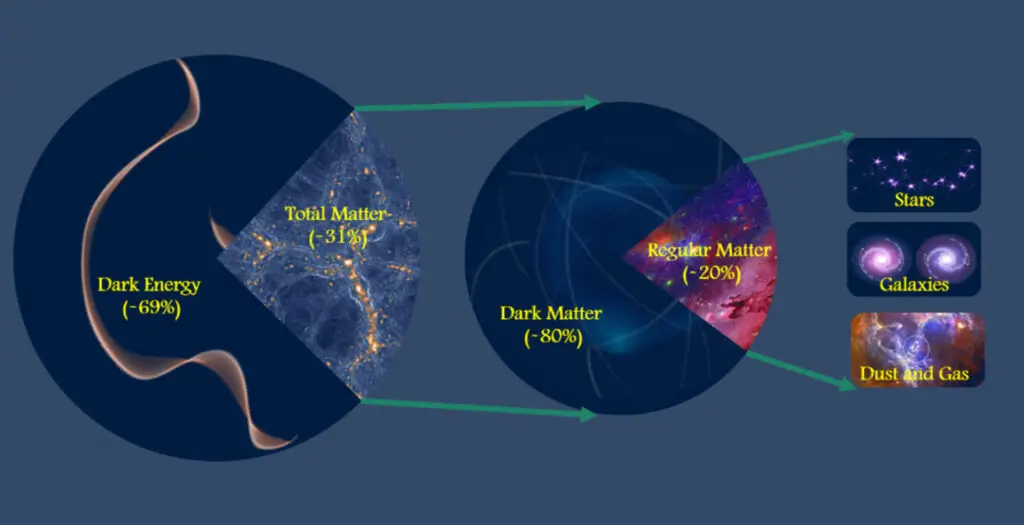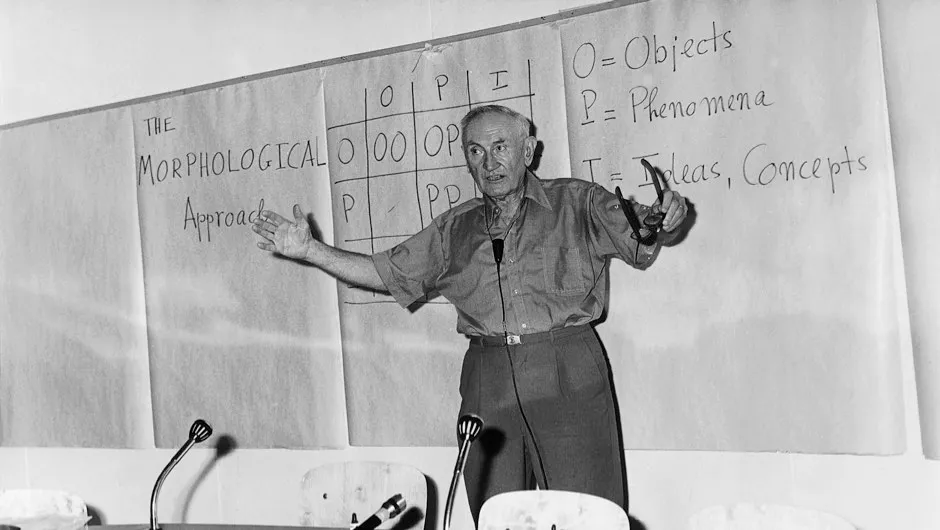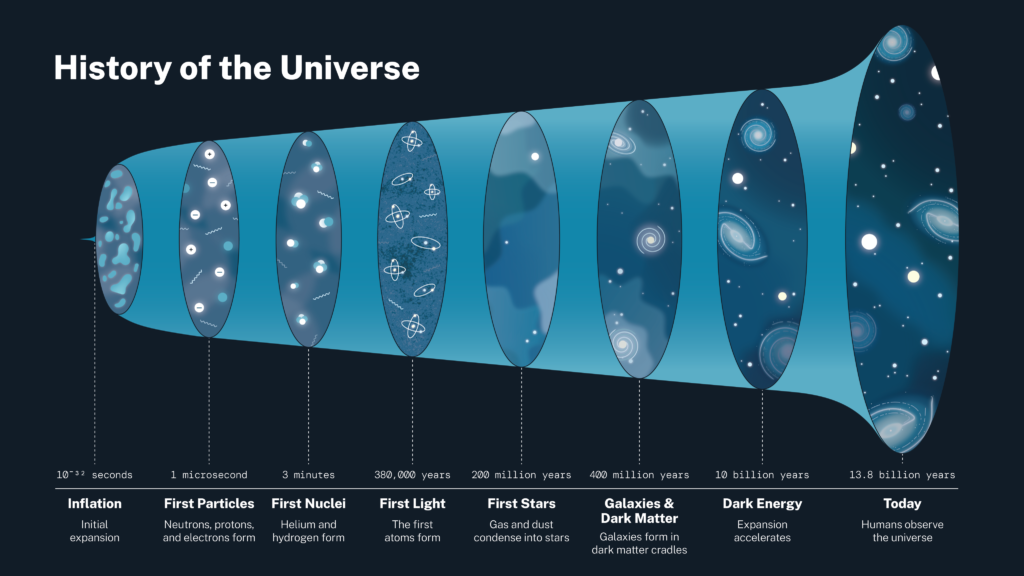The Mysteries of Dark Matter and Dark Energy

Scientists can observe only a small fraction of the universe. The rest is composed of dark matter and dark energy, invisible forces that dominate the universe’s structure and evolution.
These enigmatic components, accounting for roughly 95% of the cosmos, continue to puzzle researchers.
Dark Matter: The Invisible Glue

Dark matter remains invisible, neither reflecting nor absorbing light. Its presence is inferred through its gravitational influence.
Astronomers studying galaxies observed that stars and gas move as if acted upon by a larger, unseen mass. This invisible mass, termed “dark matter,” forms a “halo” enveloping the visible matter of galaxies.

The existence of dark matter was first proposed in the 1930s by Swiss astronomer Fritz Zwicky while studying the Coma galaxy cluster.
He observed that the galaxies within the cluster moved faster than expected based on the visible matter, suggesting the presence of an unseen mass. In the 1970s, U.S. astronomer Vera Rubin confirmed dark matter’s existence through her studies of galaxy rotation.

Dark matter plays a crucial role in the formation and structure of galaxies and galaxy clusters. Galaxy clusters, containing hundreds or thousands of galaxies, each with its dark matter halo, possess a dominant dark matter component that outweighs all other matter.
The Bullet Cluster, formed from the collision of two smaller clusters, provides compelling evidence for dark matter.

Gravitational lensing reveals that most of the cluster’s mass concentrates around the galaxies, not the central region where hot gas from the collision resides. This observation supports the existence of dark matter, distinct from normal matter.
Dark Energy: The Universe’s Accelerating Expansion
In the 1920s, astronomers discovered that galaxies are moving away from us, with distant galaxies receding faster than nearer ones.
This discovery, coupled with Einstein’s general theory of relativity, led to the conclusion that the universe is expanding. In 1998, astronomers made a groundbreaking observation: the universe’s expansion is accelerating.

This acceleration implies an unknown force counteracting gravity, propelling the universe’s expansion. This enigmatic force, dubbed “dark energy,” pushes galaxies apart.
Astronomers are currently trying to understand if dark energy remains constant or changes over space and time.
Unveiling the Secrets of the Cosmos
Astronomers employ various techniques to study dark matter and dark energy. Observing galaxies allows for measurements of dark matter’s effects on their structure and evolution.
Mapping the positions of thousands of galaxies helps measure cosmic acceleration and understand dark energy. Theoretical models, based on observational data, provide insights into the behavior of dark matter.
Sophisticated instruments, such as the next-generation Giant Magellan Telescope (GMT), aim to provide detailed observations of large galaxies and detect faint dwarf galaxies, which are believed to contain a higher proportion of dark matter.
Despite these efforts, dark matter and dark energy remain two of the most profound mysteries in astronomy. Understanding their true nature will revolutionize our understanding of the universe and its ultimate fate.




